Other Products
Loading Arms

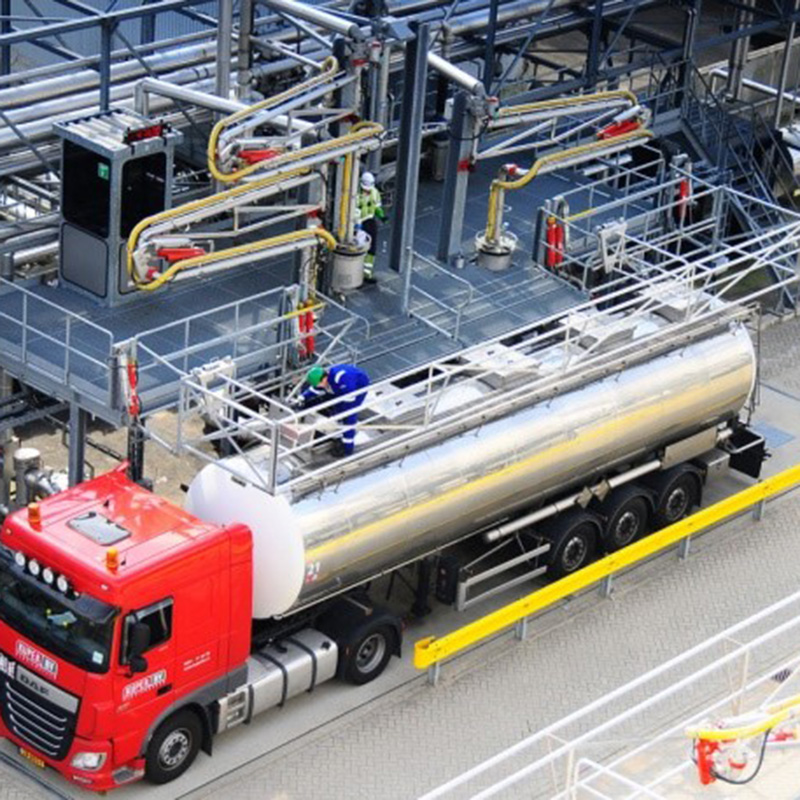
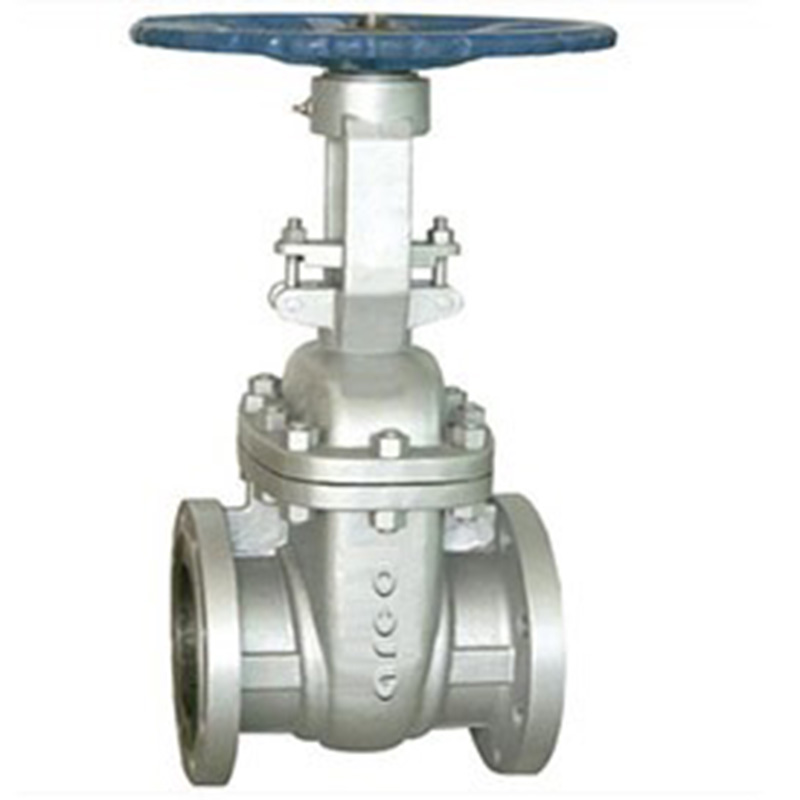
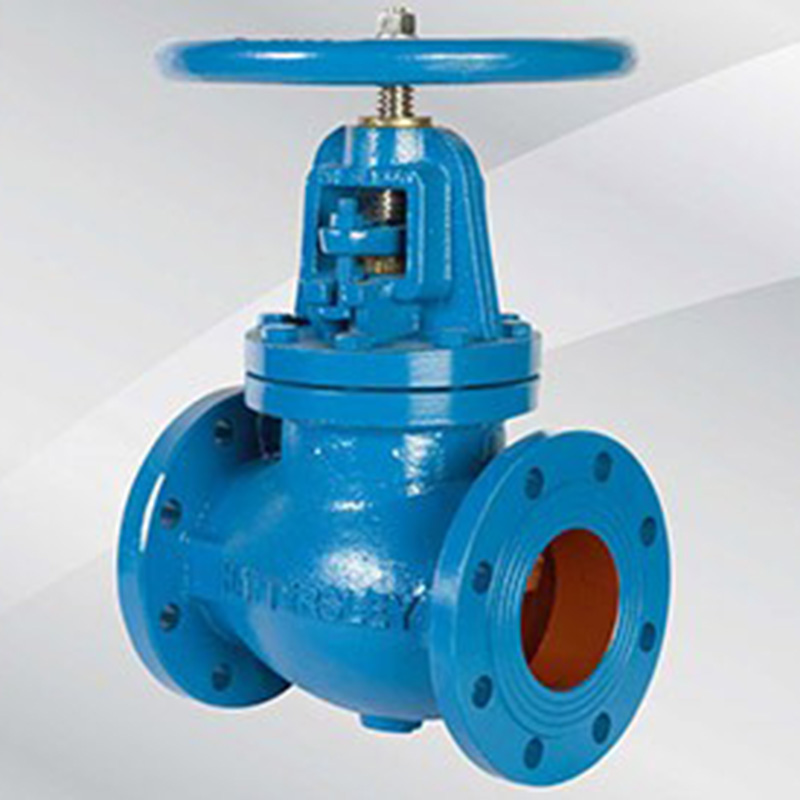
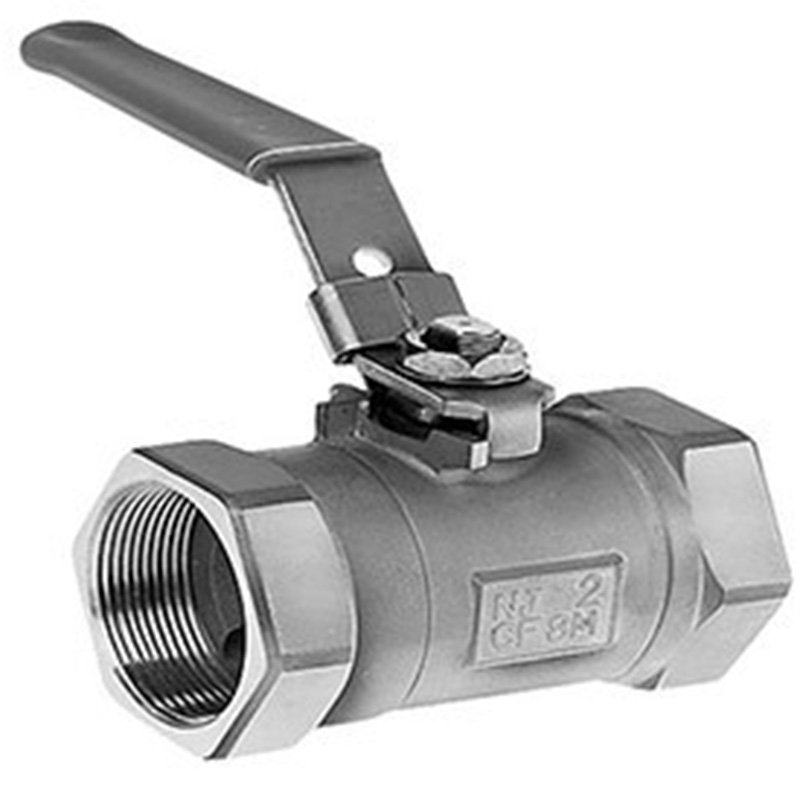
Industrial Valves
Industrial valves are mechanical devices that open, close, or partially obstruct passageways to regulate the flow of liquid or gas within a system. With the variety of valve options on the market, finding the one that will provide optimal results in your specific application can be challenging. Having a general understanding of the different valve designs available and how they support specific processing or fluid handling applications is an important first step in the selection process.
Types of valves, Gate Valves, Globe Valves and Ball Valves
Geotextiles
Geotextiles are permeable fabrics, made from either polypropylene or polyester. When used in several different applications, mainly associated with soil, geotextiles have the ability to separate, filter, reinforce, protect, or drain. Geotextile fabrics come in three basic forms: non- woven geotextiles, woven geotextiles (needle punched), or heat bonded geotextiles (structural woven).
To provide effective filtration, drainage and separation of engineering materials in a variety of construction structures associated with a range of transportation and associated infrastructure activities, the use of geotextiles has gained tremendous acceptance over the last 30 years. Geotextile materials, when selected appropriately, allow for the replacement of traditional granular filter and drainage layers, providing a significant environmental and economic benefit.
Geotextiles are a relatively inexpensive product, that when designed and installed correctly can replace traditional granular treatments with significant cost savings, both in aggregate quantities used and traditional labour costs to install such aggregate systems.
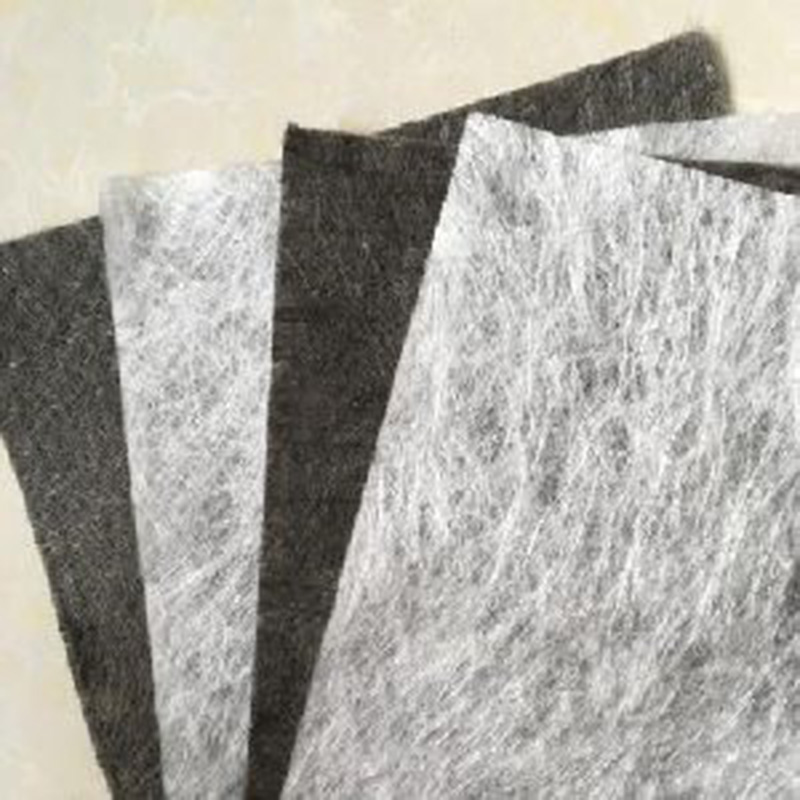

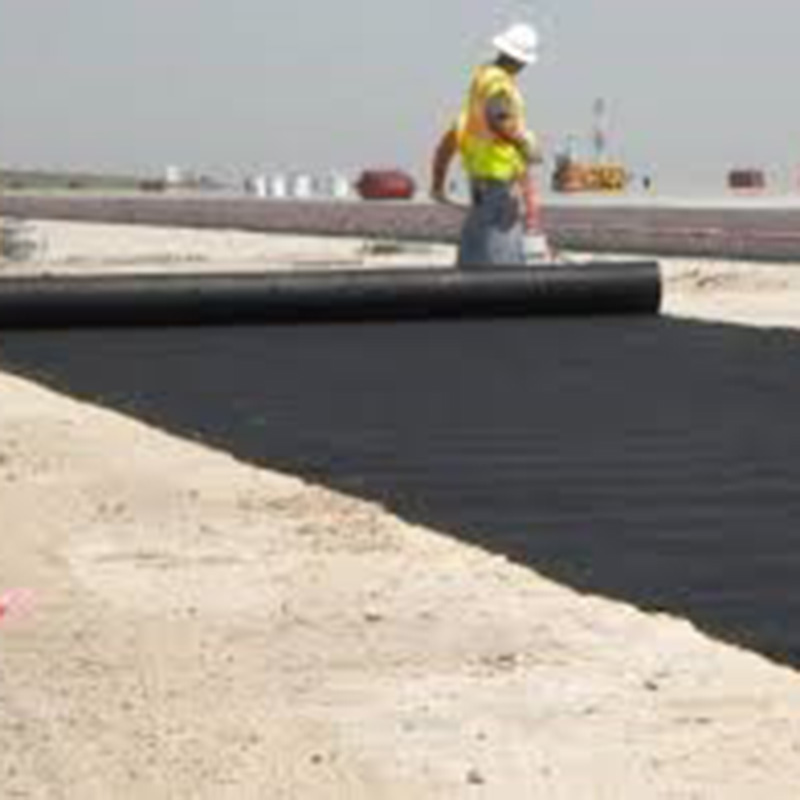
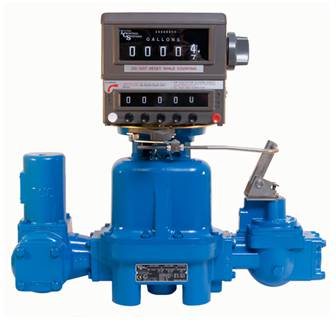
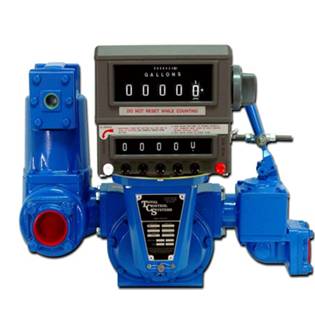
Flow Meters
The TCS 700 series rotary flow meter has a simple and efficient meter design consisting of a housing and three rotors that rotate in unison within the measuring chamber. The absence of wear, from no metal-to-metal contact within the chamber, eliminates any deterioration in accuracy and provides a long service life.
The rotors are supported by bearings inserted into two bearing plates, where at the end of each rotor shaft is a timing gear. The timed rotation between each rotor is then transferred through the calibration adjuster to the register, giving a consistent and superior measurement of accuracy.
INQUIRY
Talk to us
Have any questions? We are always open to talk about your business, new projects, creative opportunities and how we can help you.
